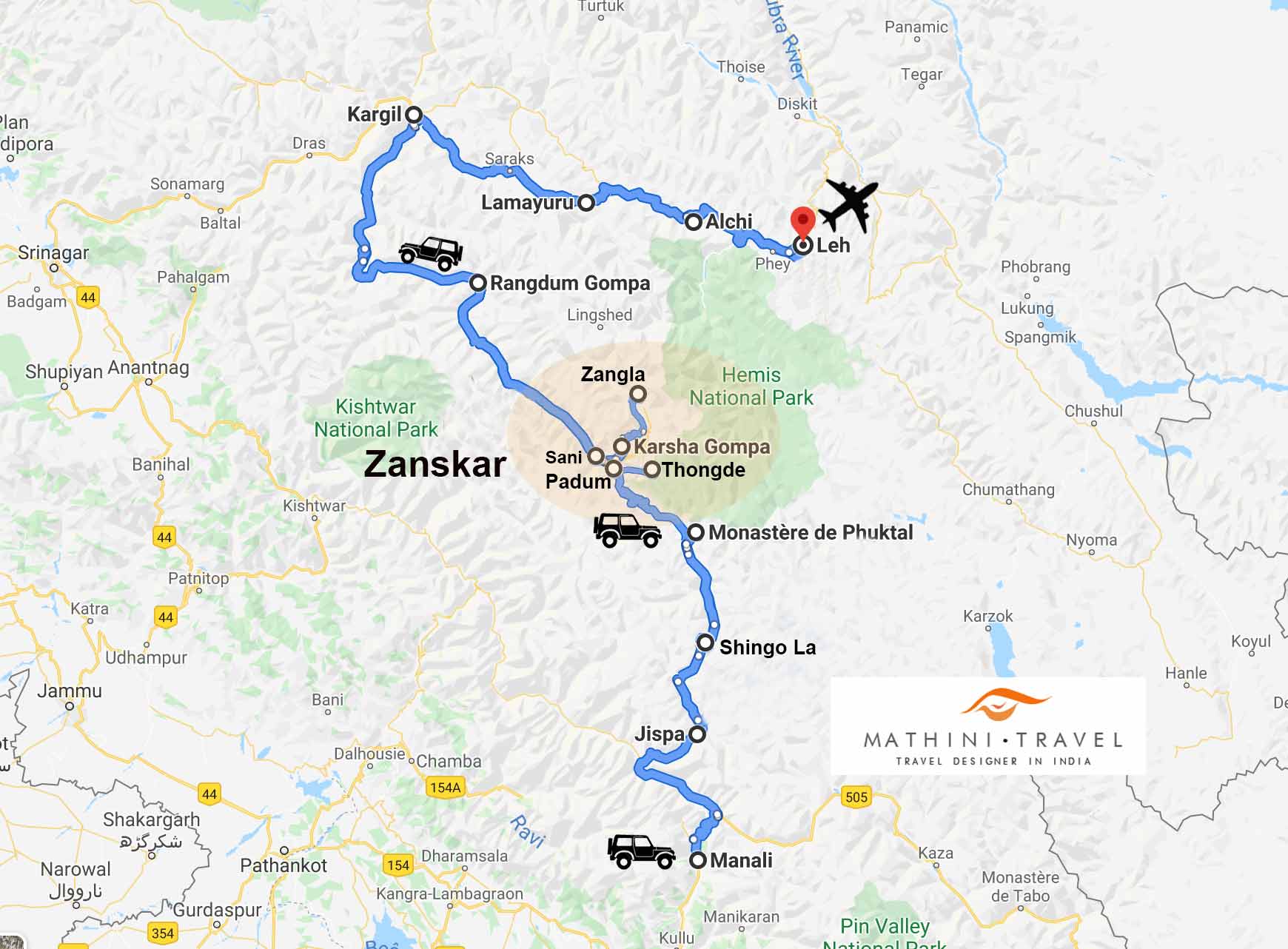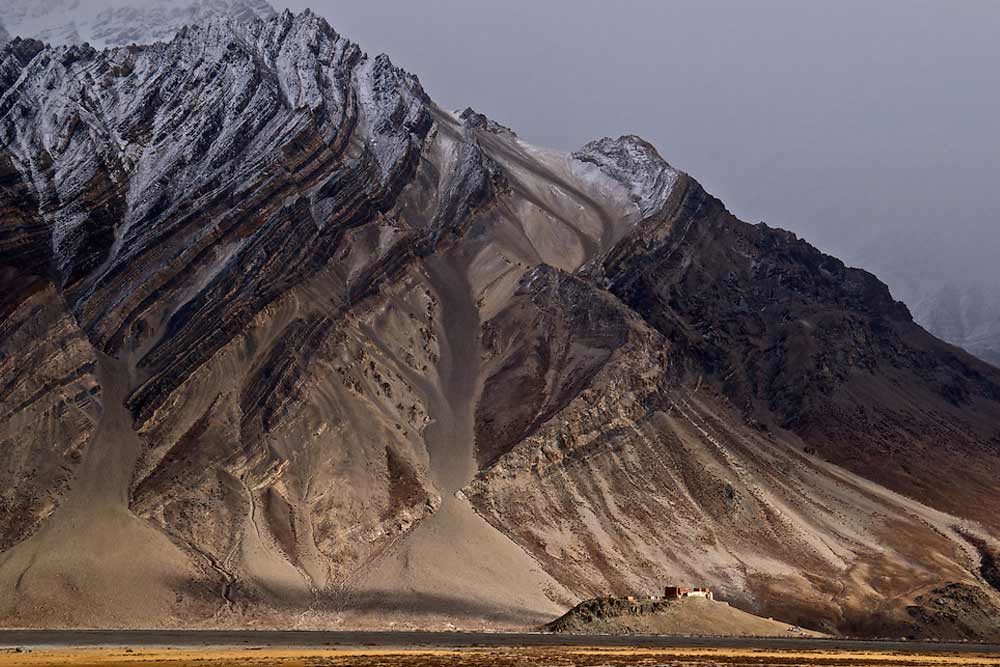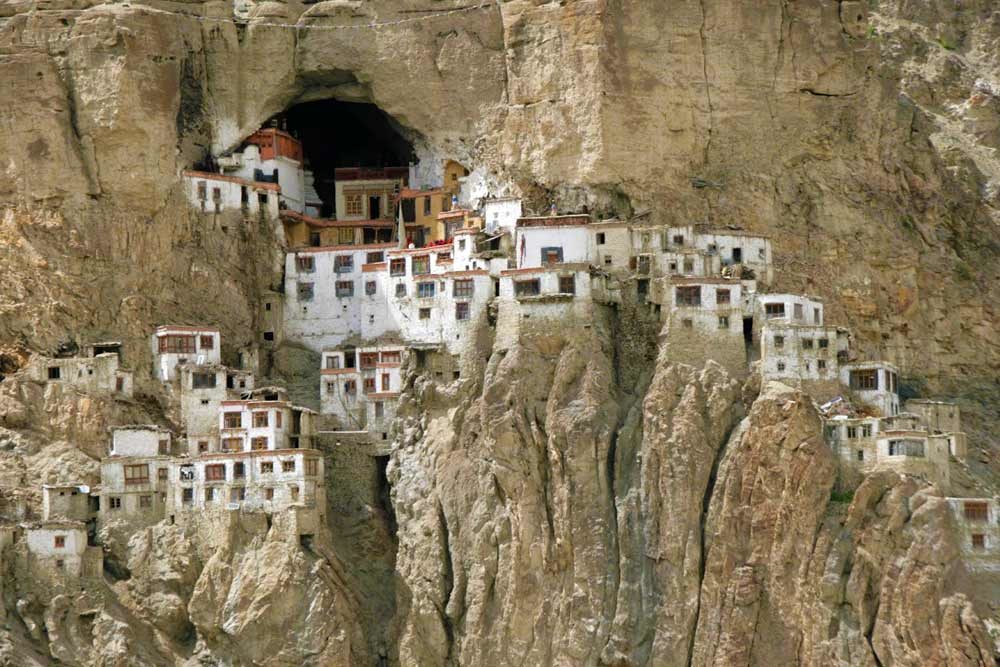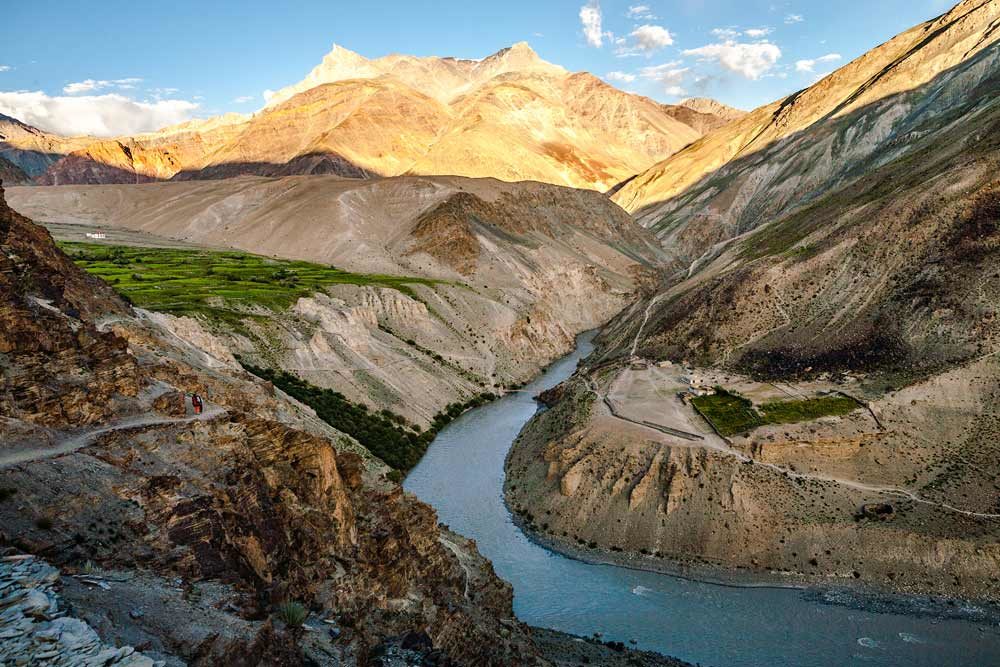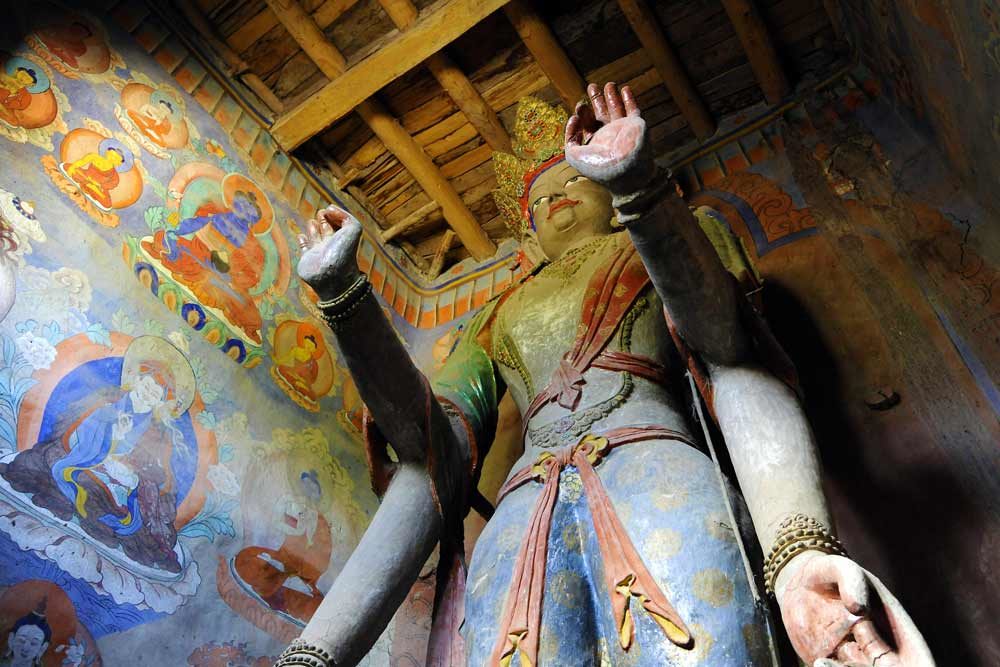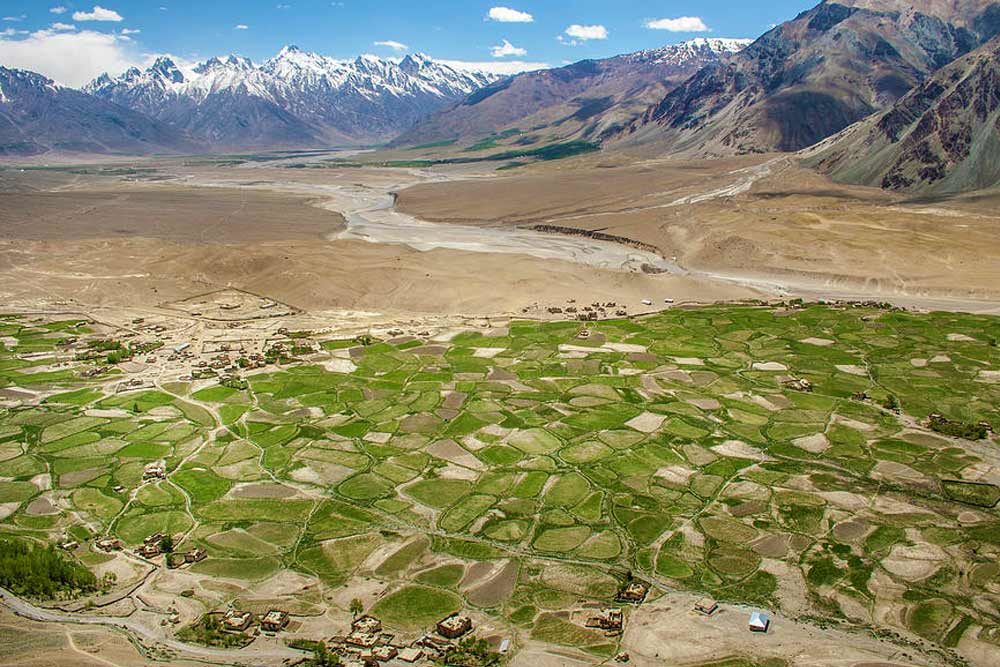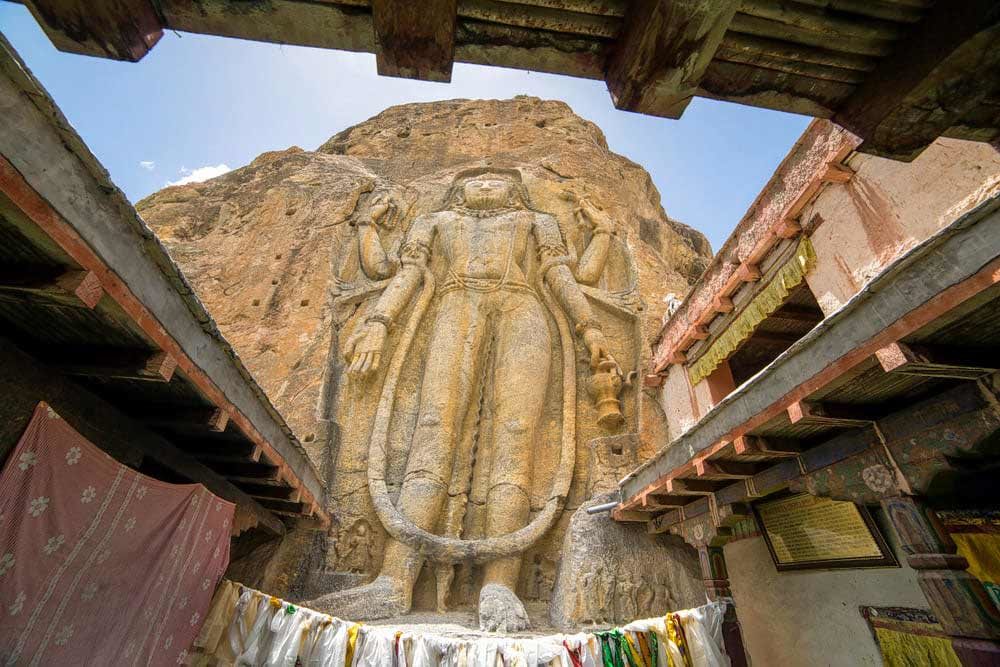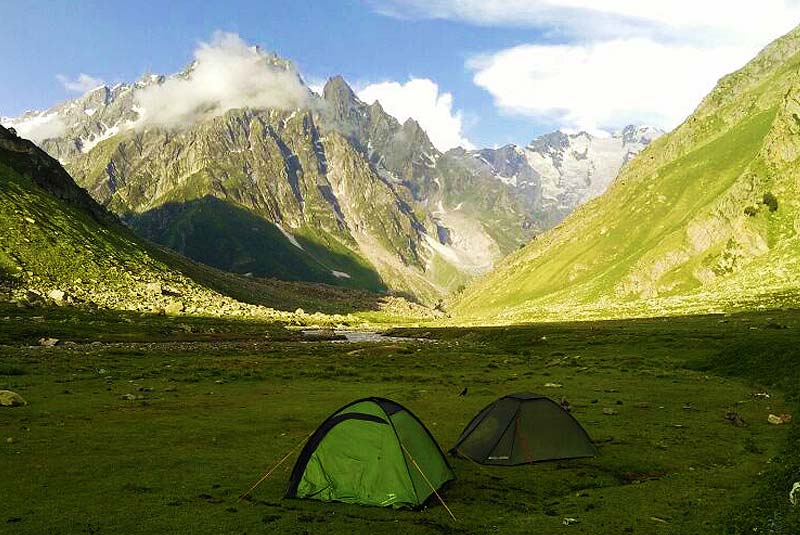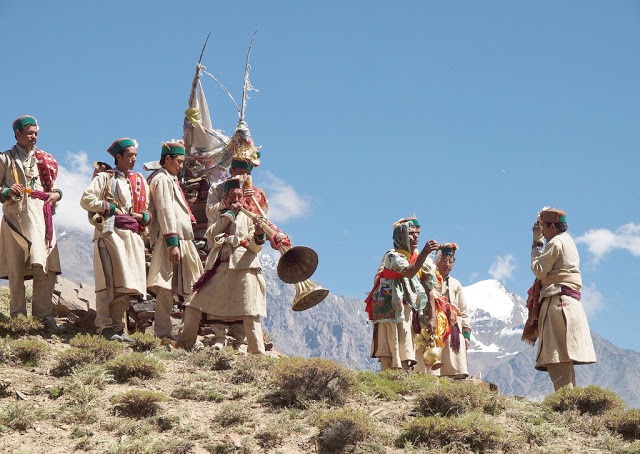The wild Zanskar Valley Via Shingo La
This 14-day trip departing from Manali in Himachal Pradesh, takes you to the breathtaking Zanskar Valley via the Shingo La pass. An adventurous journey for lovers of magnificent landscapes and Buddhist culture.
Sub-district of Kargil, the Zanskar region is a semi-arid desert of high altitude. Until recently, the Zanskar Valley was still little visited. However, the beauty of its wild landscapes brings more and more travelers on the winding roads of this part of Ladakh which was part during a brief period of the kingdom of Guge in Tibet.
Our first stop in Ladakh will be the Phuktal monastery. This gompa is built around a natural cave on the cliff itself. Then we will visit the monastery of Stongdey, one of the largest in Zanskar and Zangla which was once the capital of Zanskar.
We will continue our exploration of Zanskar with the monastery of Karsha, which is the largest gompa in the whole Zanskar valley and is home to a hundred monks affiliated with the Gelugpa order. We will also visit the Chuskit Ja convent in front of the gompa of Karsha which shelters fifteen nuns. On the way back to Padum, we will stop in the village of Sani and its sacred lake called Tuthot.
We will then leave for the Stakrimo Gompa whose prayer wheel is driven by a mini hydraulic turbine! Then, on the way back, we will admire five ancient statues carved in the rock representing the five dhyani Buddhas also called the five meditation Buddhas.
We will leave the Zanskar valley to reach Rangdum via the Pentse La pass and the Drang Drung glacier. Rangdum is known for its 18th century monastery situated at the top of a small hillock in the middle of the Suru riverbed. The panorama of the Rangdum valley from the gompa is breathtaking.
In the direction of Leh, we will visit the 11th century Lamayuru gompa, and that of Mulbeckh famous for its 9 m high effigy of the Maitreya Buddha carved in rock.
We also stop at Alchi gompa, a monastic gem considered one of the most important Buddhist centers in Ladakh. It includes five shrines with splendid murals from the 11th and 12th centuries and houses an impressive statue of the Manjushri Buddha (representing wisdom), painted with mineral colors. Then, about 50 km from Leh, we will make a second stop at the picturesque Likir gompa perched on a small hill near the Indus river.
We will stay two days in the capital of Ladakh and discover the Leh Palace and the Tsemo Fort which offer a panoramic view of the city. The second day, we will drive you to the 15th century Spituk gompa overlooking the beautiful Indus valley and then continue our route to the palace of Stok built by King Tsespal Tondup Namgyal in 1825, which is still the residence of the kings of Ladakh.
You may also like
Manali (Himachal Pradesh) - Jispa (Ladakh)
Jispa - Purney via Shingo La
Purney - Phuktal (trek 2-3 h)
Phuktal - Cha (trek 2-3h) / Cha - Padum (by car)
Padum - Stongdey - Zangla - Padum
Padum - Karsha & Chuskit Ja - Sani - Padum
Padum - Stakrimo - Gyal ba rig nga - Padum
Padum - Rangdum
Rangdum - Kargil
Kargil - Lamayuru via Mulbekh
Lamayuru
Lamayuru - Leh via Alchi & Likir
Leh, capital of Ladakh
Leh - Stok- Spituk - leh
Flight Leh-Delhi
